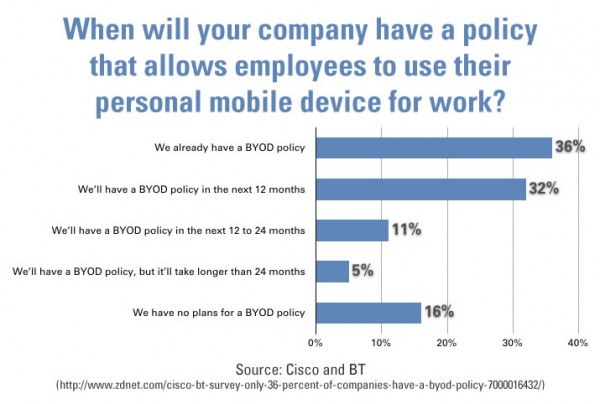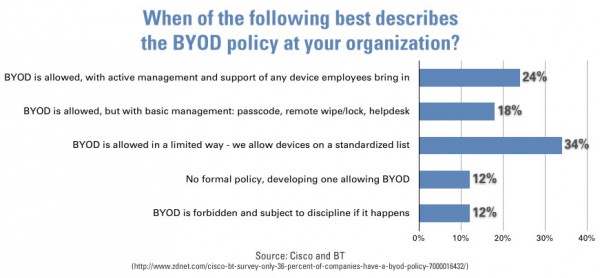comScore’s Smartphone Market Numbers for the End of April 2013
comScore have published their numbers on smartphone market share for the end of April 2013, but for some reason, they decided to publish only tables and not graphs. I’ve always been of the mind that nothing helps you get a better handle on numbers like some pictures, so I picked up comScore’s slack and made my own.
First, the graph of smartphone platform market share:
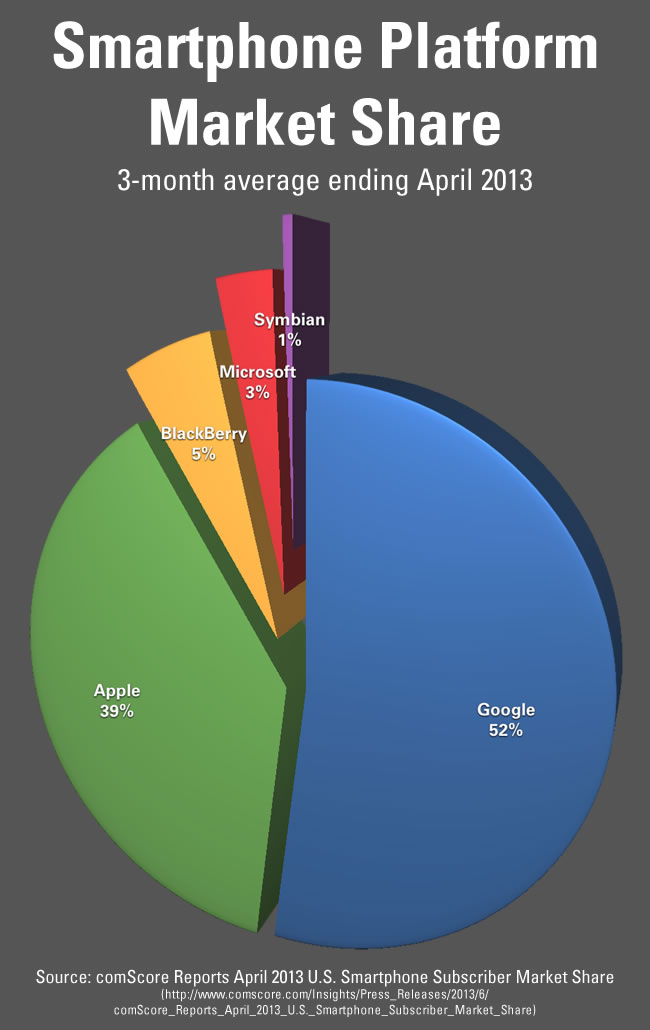
It clearly shows the Apple/Google duopoly still going strong, as well as the BlackBerry/Windows Phone struggle for distant third place. comScore’s numbers indicate that BlackBerry is currently winning that struggle, which is at odds with IDC’s recent report that Windows Phone is overtaking BlackBerry.
For those of you who like diving into the details, here are the numbers behind the graph:
| Platform |
Share of smartphone subscribers
End of Jan 2013 |
Share of smartphone subscribers
End of Apr 2013 |
Change |
| Google |
52.3% |
52.0% |
-0.3% |
| Apple |
37.8% |
39.2% |
+1.4% |
| BlackBerry |
5.9% |
5.1% |
-0.8% |
| Microsoft |
3.1% |
3.0% |
-0.1% |
| Symbian |
0.5% |
0.5% |
0.0% |
Here’s my other graph, showing smartphone OEM market share:
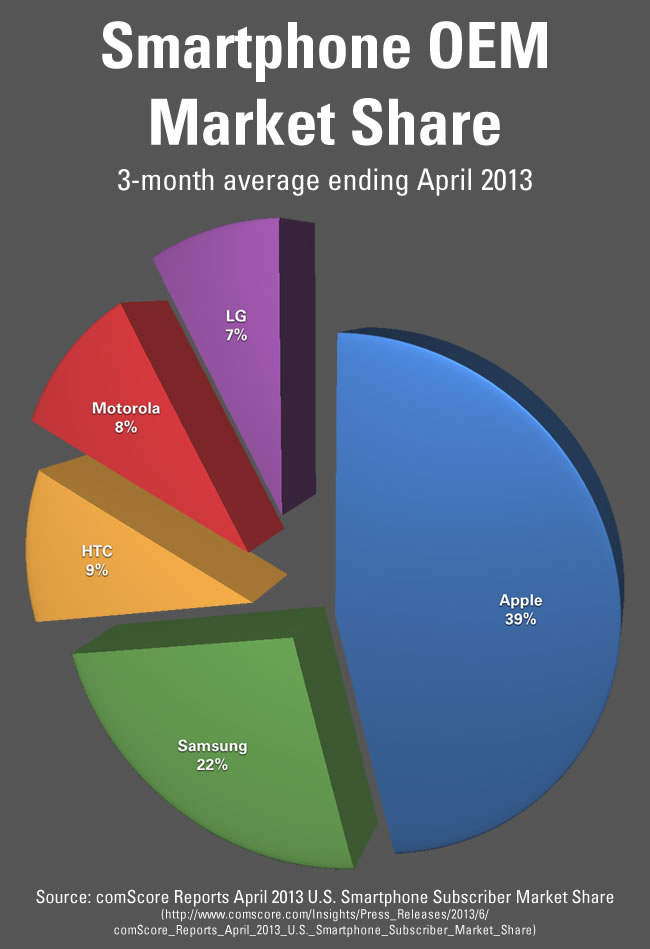
Apple and Samsung are the biggest OEM players, with HTC, Motorola and LG in a three-way tie for third place. Once again for the completists, here are the numbers behind the graph:
| OEM |
Share of smartphone subscribers
End of Jan 2013 |
Share of smartphone subscribers
End of Apr 2013 |
Change |
| Apple |
37.8% |
39.2% |
+1.4% |
| Samsung |
21.4% |
22.0% |
+0.6% |
| HTC |
9.7% |
8.9% |
-0.8% |
| Motorola |
8.6% |
8.3% |
-0.3% |
| LG |
7.0% |
6.7% |
-0.3% |
Pew Internet: 56% of American Adults Own Smartphones
The Pew Internet and American Life Project have been tracking smartphone adoption for some time, and they report that the majority of Americans now own a smartphone of some kind, with 56% of U.S. adults owning one as of May 2013. At the same time, the numbers of U.S. adults who own non-smartphone cellular phones and who don’t own a cellular phone at all have been steadily dropping:
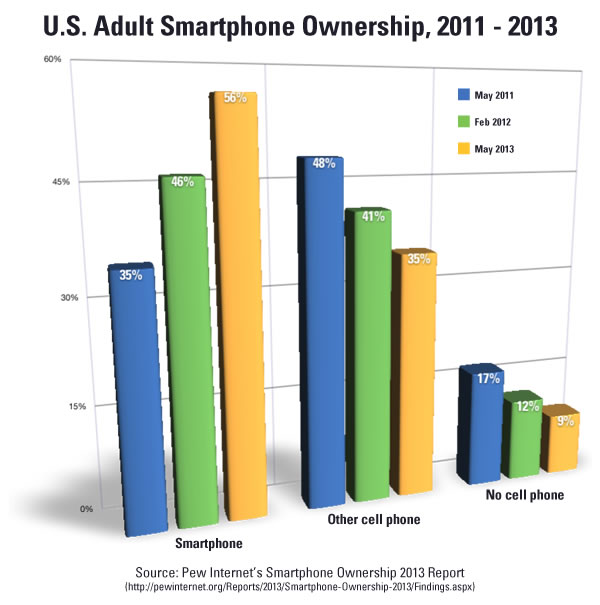
The folks at Pew have sliced and diced their numbers in numerous ways — be sure to check out their article for the full details.




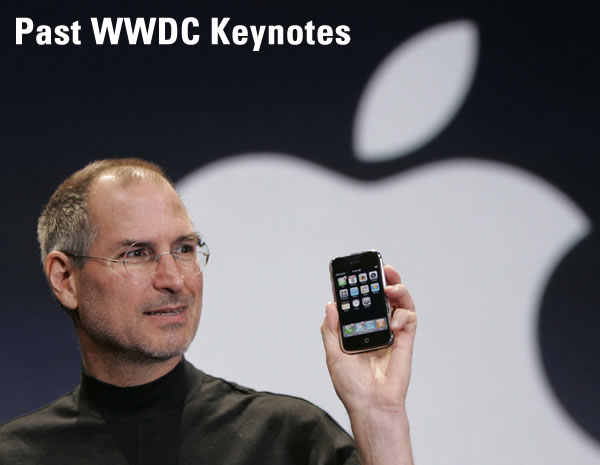

 At my consultancy,
At my consultancy, 